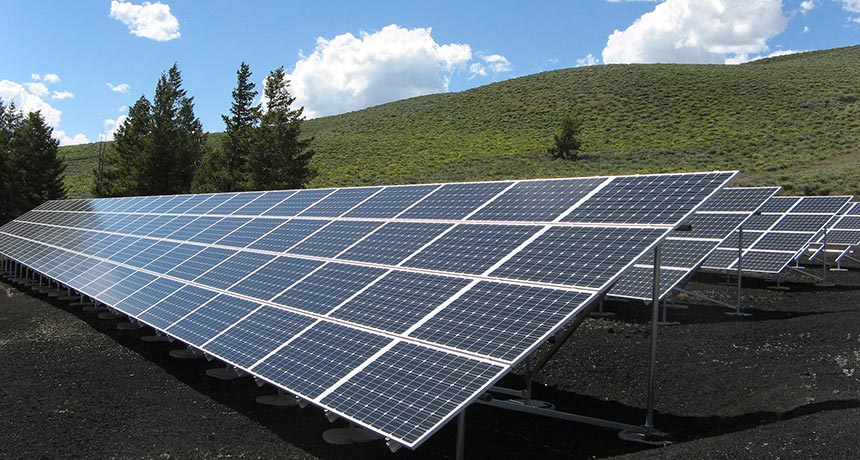A company named ShineHub has released a ‘fixed rate, free access’ contract Australia wide (except NT and Tasmania) where users can have solar+storage installed for free. The trial program will be for 1,000 contracts and will be expanded in the future.
ShineHub’s fixed price solar service.

ShineHub’s contract means that they actually own the system and are responsible for the maintenance of it. The contracts run for 20 years and lock the customer into a 20 year contract to buy the electricity the system produces. According to the team the cost of an average system ShineHub will install is $15,000, so that’s quite a big saving if you’re not able to stump up for the system upfront.
“This is the first contract of its kind available to residential homes across Australia for a solar and battery package,” ShineHub co-founder Alex Georgiou told news.com.au in an interview.
“This provides a simple way to purchase (a system) and everything is taken care of. There are no additional fees, we’ve taken the uncertainty out,” Mr Georgiou said.
“It’s a very easy way for consumers to get what they want, without getting scared off by either the cost or the reliability.”
The program could be particularly good for landlords who don’t want to stump up the fairly sizeable upfront cost to install solar+storage but want to help their tenants enjoy the reduced electricity prices having solar panels can bring. We’ve written fairly extensively about the difficulty of installing solar power for renters – perhaps ideas like ShineHub could be a step in the right direction so they’re able to enjoy some stability with regards to their electricity bill.
Some more information about the service:
- Installation will be in July this year.
- You can buy out the system at a discounted rate. If you want to sell your house it’s possible to transfer the ShineHub contract to a new owner.
- You’ll remain connected to the grid and will have to pay the ongoing access fee for it.
- They’ll use Bloomberg rated Tier 1 solar panels from Longi, Alpha ESS’s SMILE5 hybrid inverter and battery system.
- ShineHub are partnered with 85 certified solar companies in Australia to help deliver their idea.
If you’re interested in applying for one of the ShineHub systems, you can contact them for a consultation to see if you’re eligible.
As per news.com.au, the average electricity rates and ShineHub prices are listed below.
NSW:
- Highest price is: $0.39/kWh
- Average rate is: $0.24/kWh
- Price starts at: $0.18/kWh
- Typical savings bracket: 20 per cent to 35 per cent.
VIC:
- Highest price is: $0.34/kWh
- Average rate is: $0.21/kWh
- Price starts at: $0.18/kWh
- Typical savings bracket: 14 per cent to 30 per cent.
SA:
- Highest price is: $0.47/kWh
- Average rate is: $0.35/kWh
- Price starts at: $0.18/kWh
- Typical savings bracket: 35 per cent to 50 per cent.
QLD:
- Highest price is: $0.35/kWh
- Average rate is: $0.22/kWh
- Price starts at: $0.18/kWh
- Typical savings bracket: 18 per cent to 30 per cent.
WA:
- Highest price is: $0.26/kWh
- Average rate is: $0.26/kWh
- Price starts at: $0.18/kWh
- Typical savings bracket: Around 30 per cent.


